Sometimes a Tree Just Falls
Sometimes a healthy mature tree just falls. Every living thing dies sooner or later no matter what. But it was a real surprise when this huge Water Oak uprooted and fell in an April storm a few weeks ago. Water Oak, Quercus nigra, is in the red oak group of oaks. According to Wikipedia, it is a medium-sized deciduous tree, growing to 100 ft tall with a trunk up to 3 ft in diameter. Water oak, like weeping willow and other wetland trees, is adapted to wet, swampy areas, such as along ponds and stream banks though it will tolerate well-drained sites and even heavy, compacted soils. It grows in sandy soils or red clays. Due to its ability to grow and reproduce quickly, the water oak is often the most abundant species in a stand of trees. Water Oak is relatively short-lived compared to other oaks and may live only 60 to 80 years. It does not compete well and does not tolerate even light shade. Water oak is frequently used to restore bottomland hardwood forests on land that was previously cleared for agriculture or pine plantations. Minimum age for flowering and fruiting is 20 years and the tree produces heavy crops of acorns nearly every year. Water oak is not recommended as an ornamental due to being short-lived, disease-prone, and extremely messy.
Thankfully nothing was harmed. It fell in a clearing and that’s where it will stay until we are able to cut it up or find someone who needs firewood, or someone with a very big chain saw and wants live edge slabs.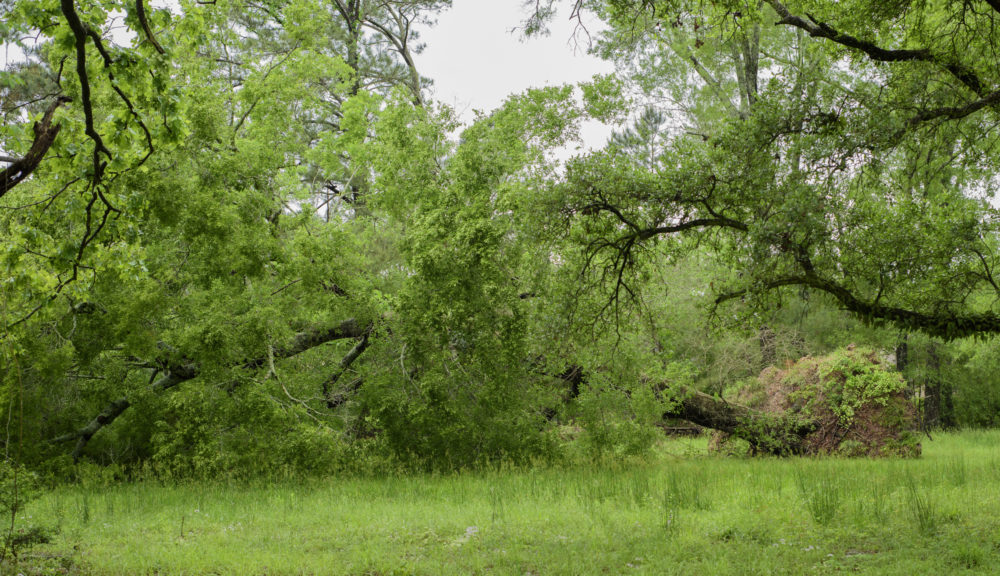
We also lost a Willow Oak at the pond recently. It wasn’t too old, but the inside was rotten. Who knows why! It broke one night, splitting about a third of the way up and two limbs got stuck in a pair of nearby loblolly pines on the edge of the pond. I’m sure it scared the poor Muscovy’s half to death, but, again, nothing was harmed, not even the holly tree growing along side it. Willow Oak, Quercus phellos, is a species of red oak. It is native to the eastern and central United States. Quercus phellos is a medium-sized tree growing to 65–100 feet tall. It is one of the most prolific producers of acorns, which are eaten by squirrels and other wildlife. The tree starts acorn production around 15 years of age, earlier than many oak species. Economic uses are primarily as an ornamental tree and the wood for lumber, pulp and paper production.
So we are left with a big mess to clean up and haul to the nearest brush pile where a crop of new residents will build nests in the debris. Sometimes a tree just falls.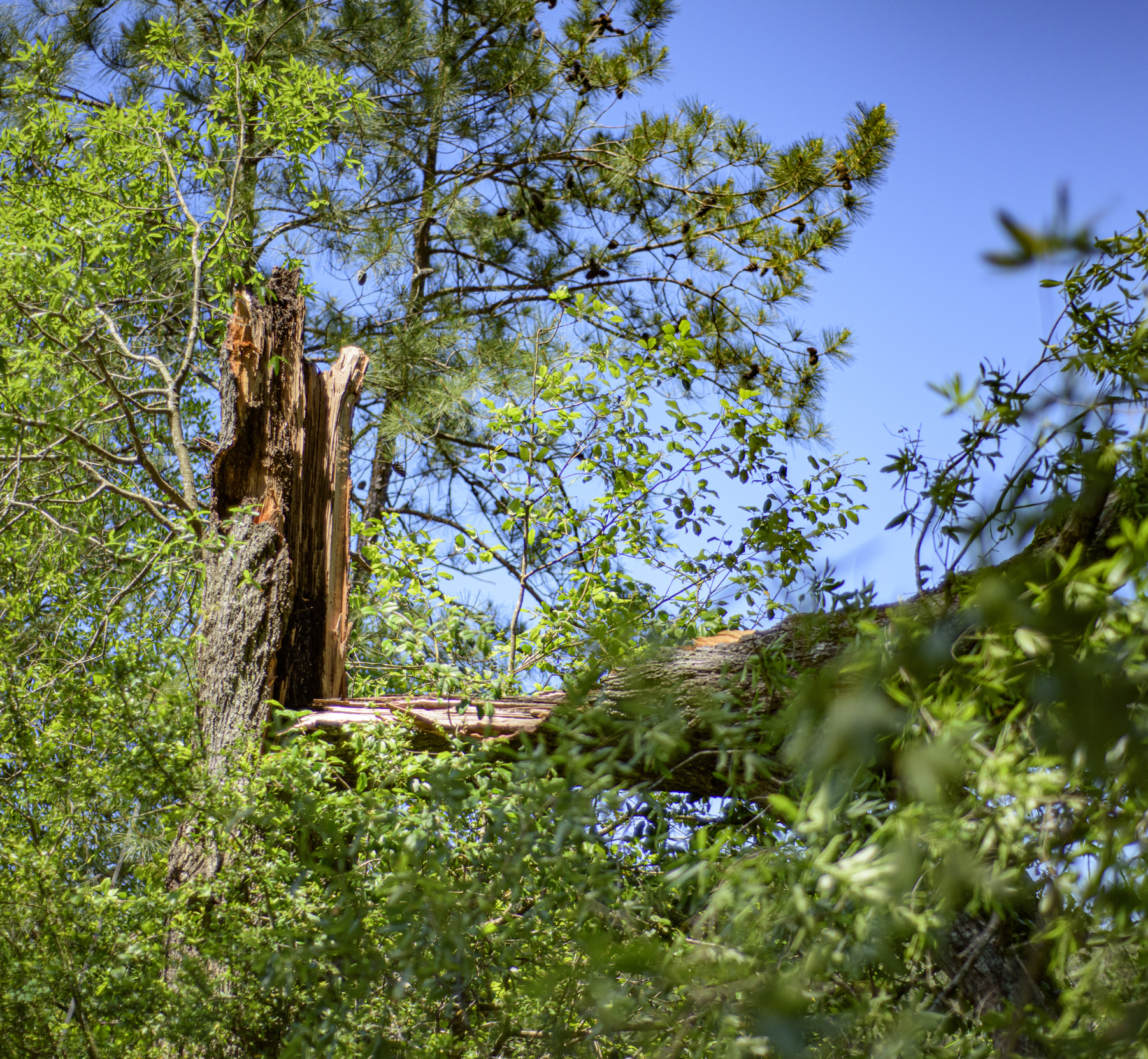
Cleanup begins.



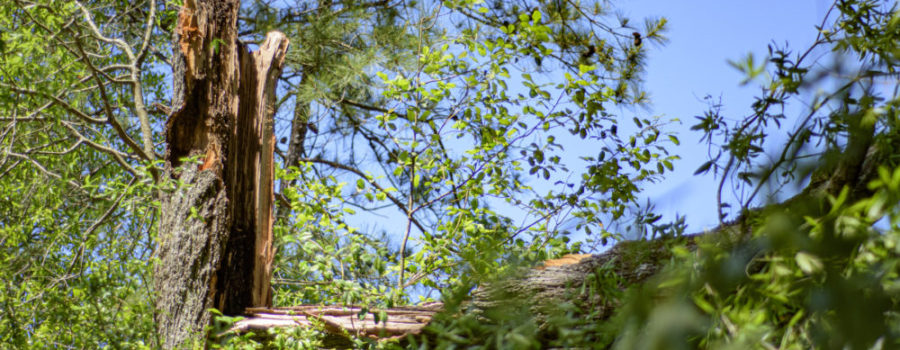
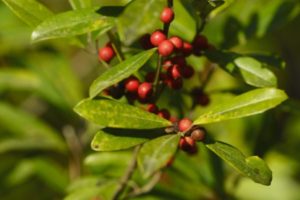
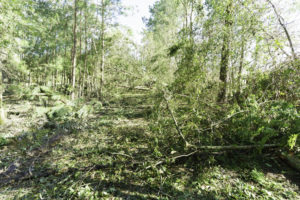
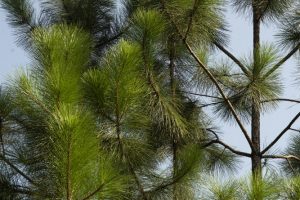
Recent Comments